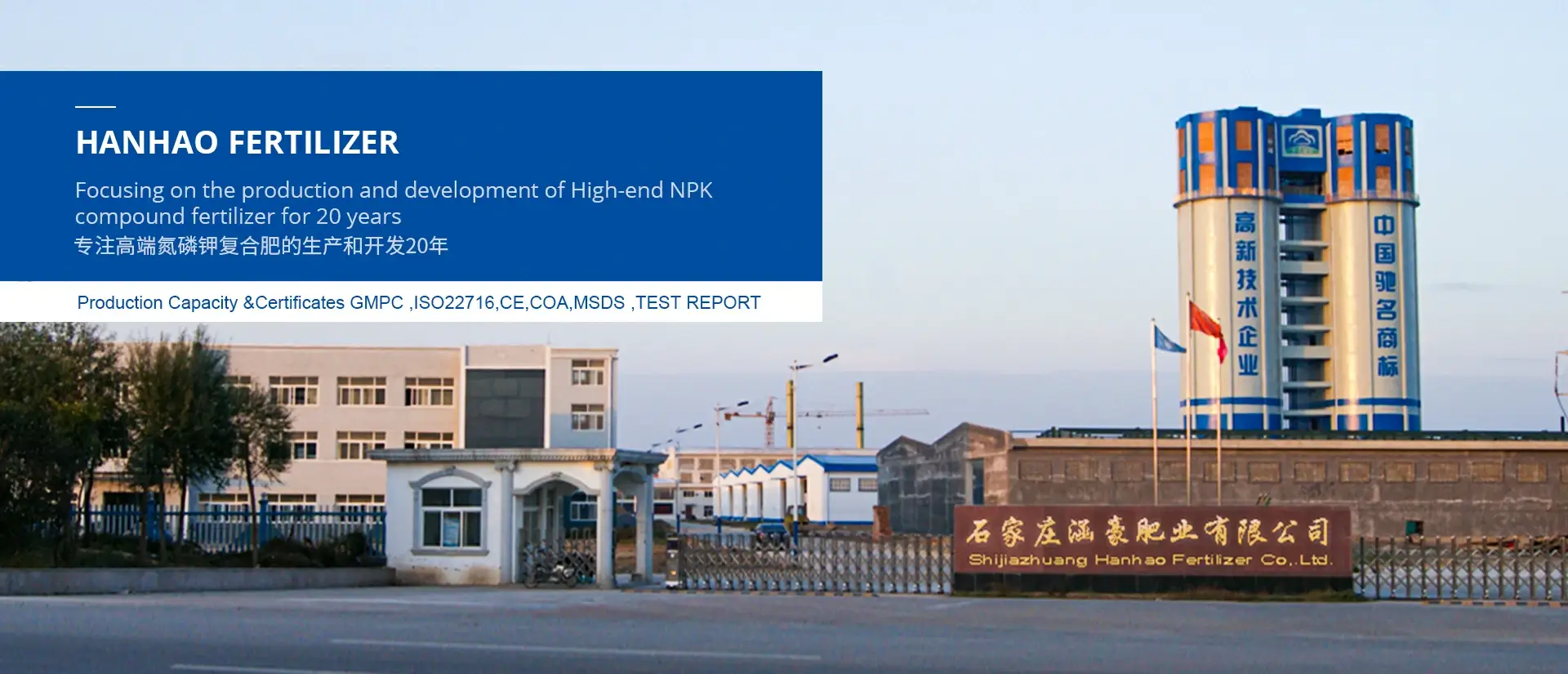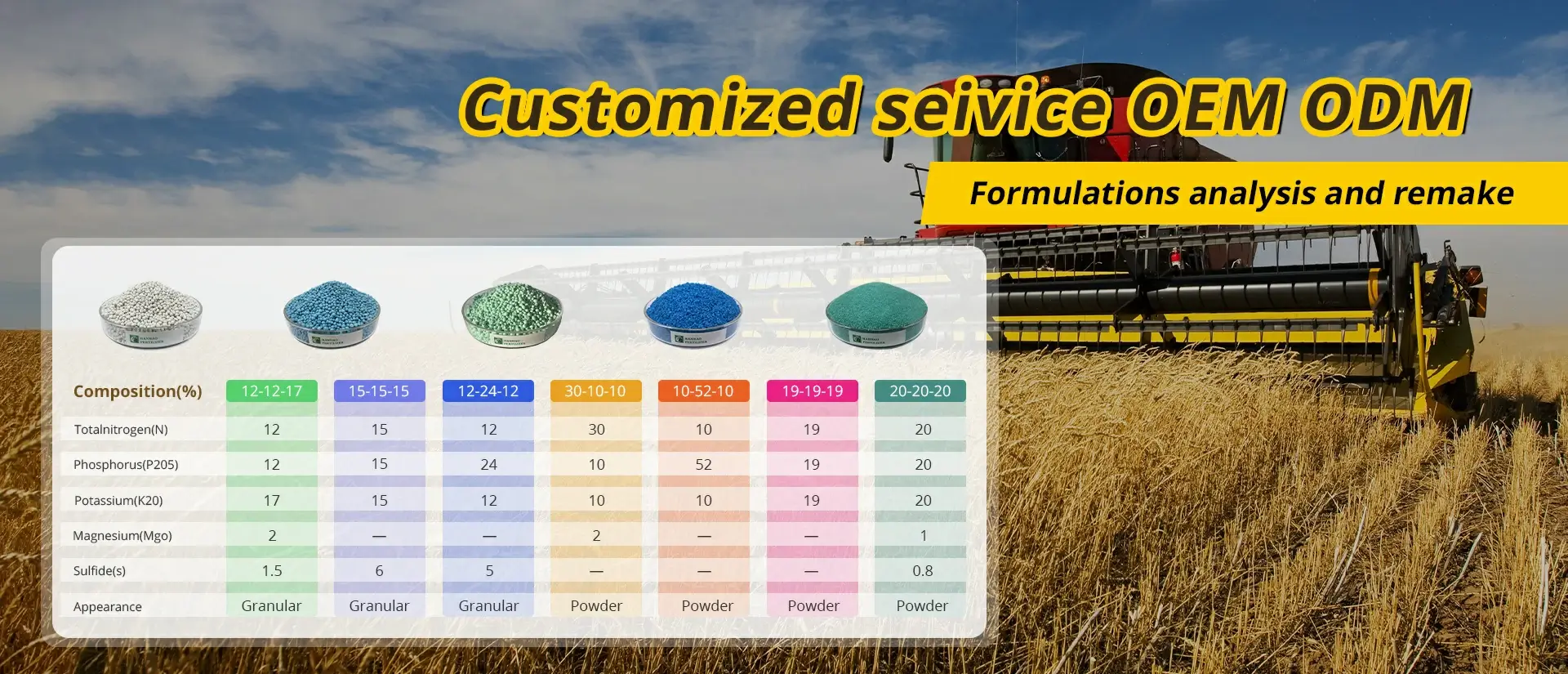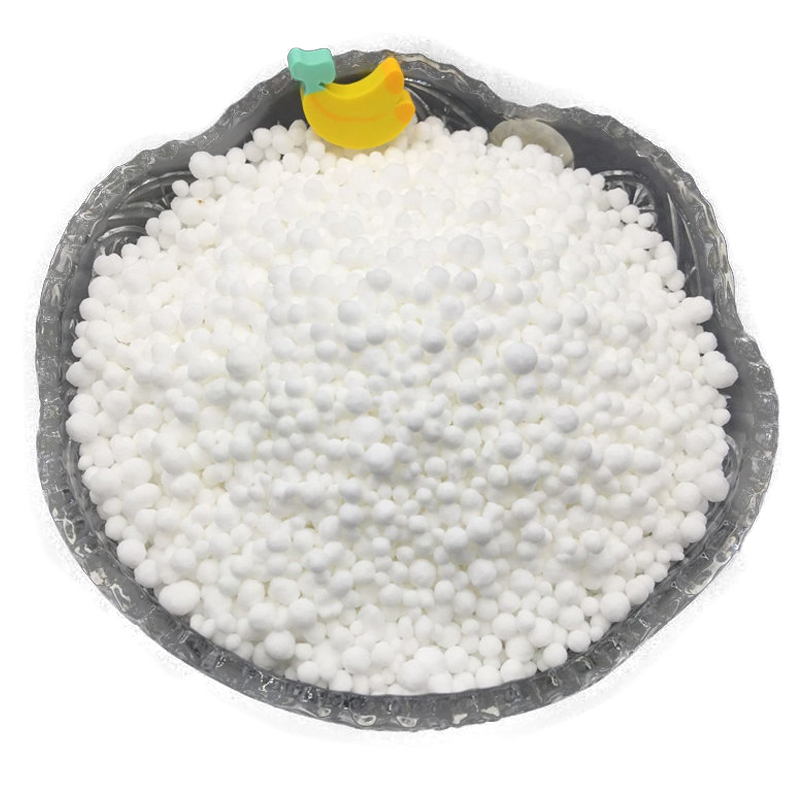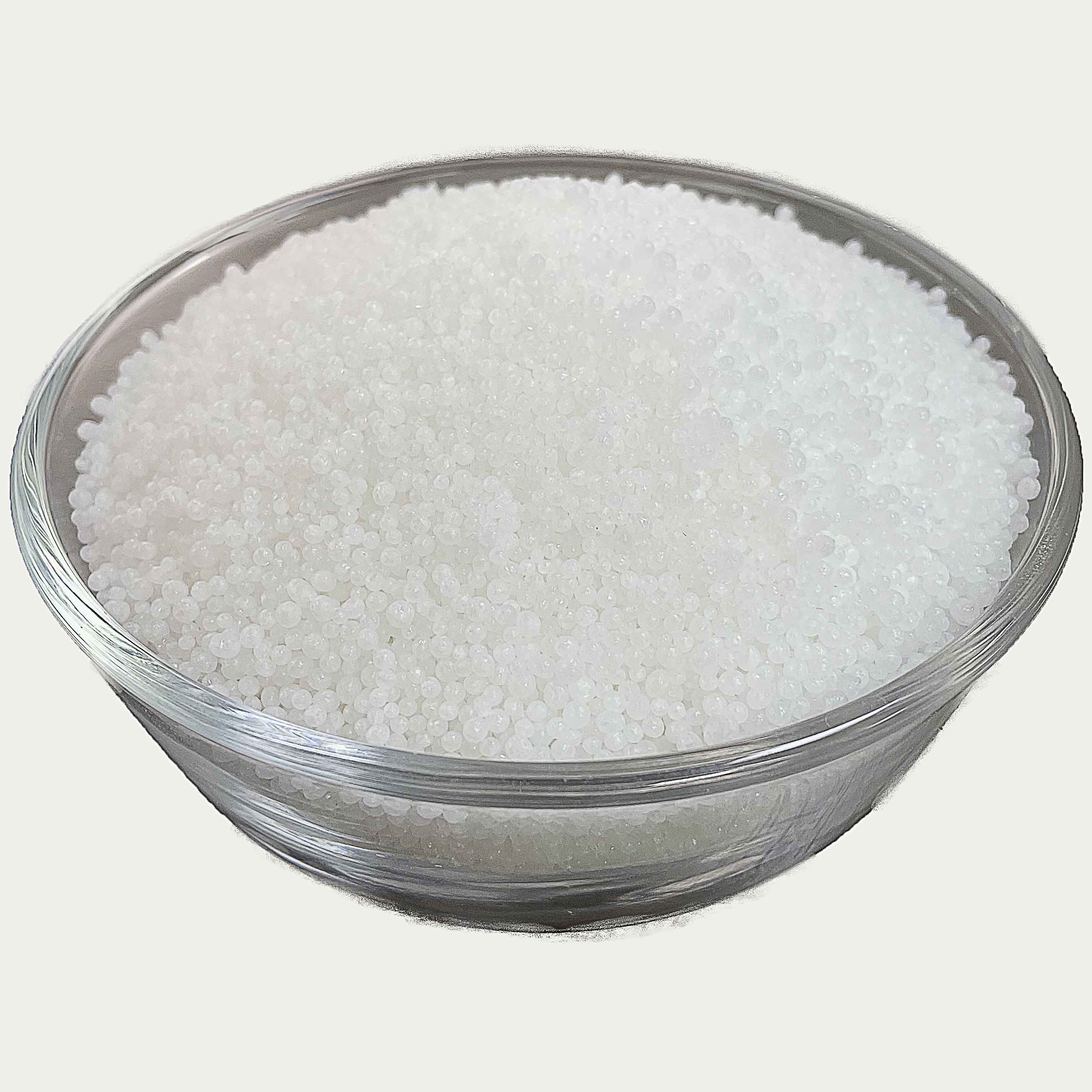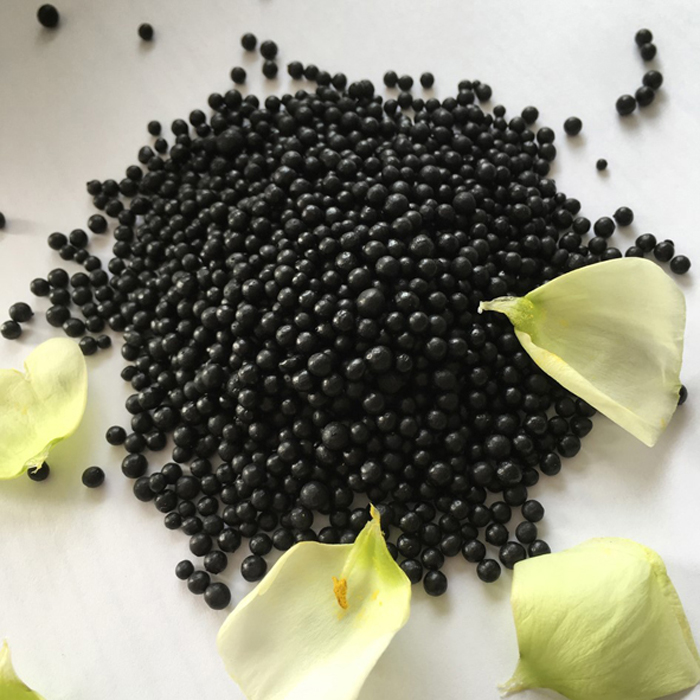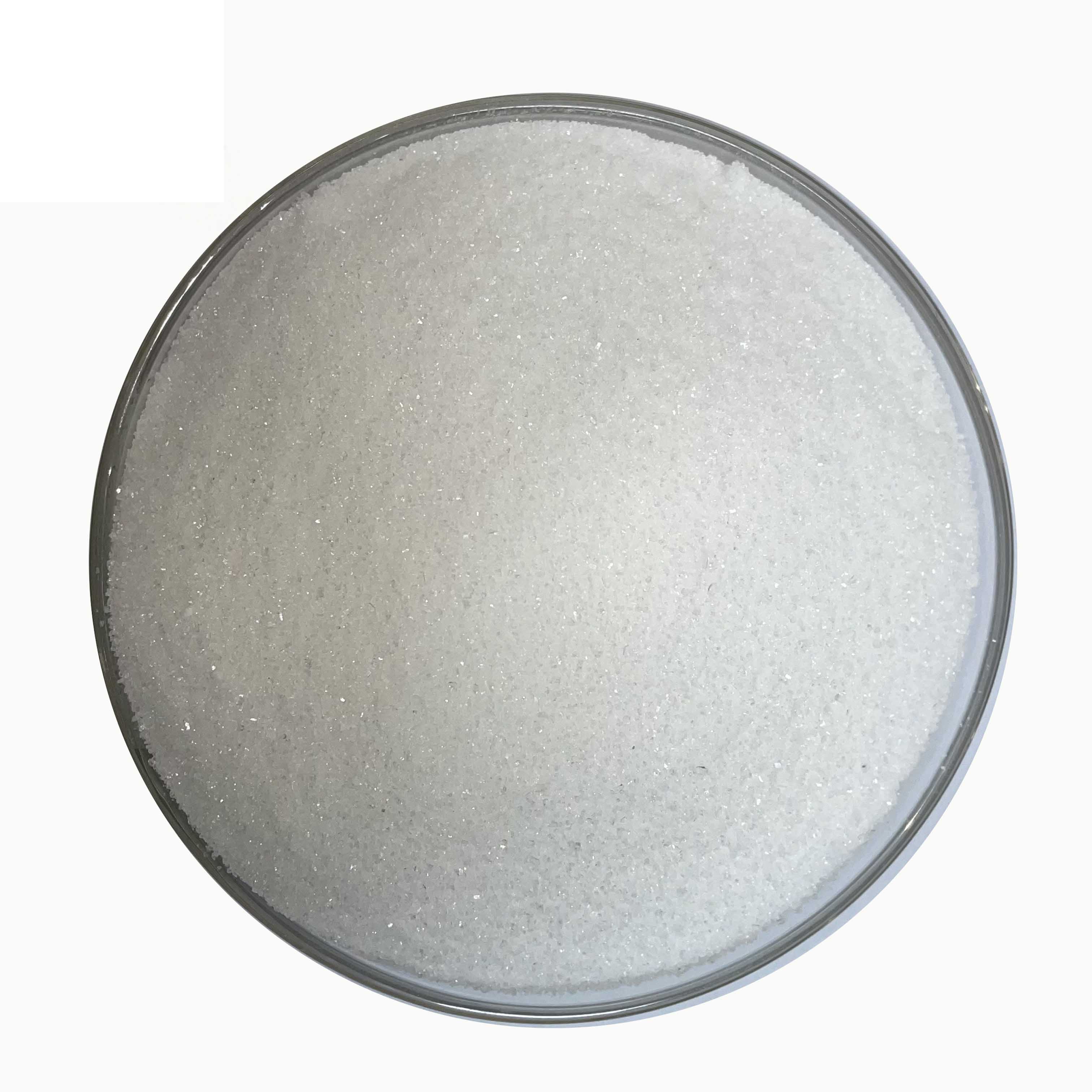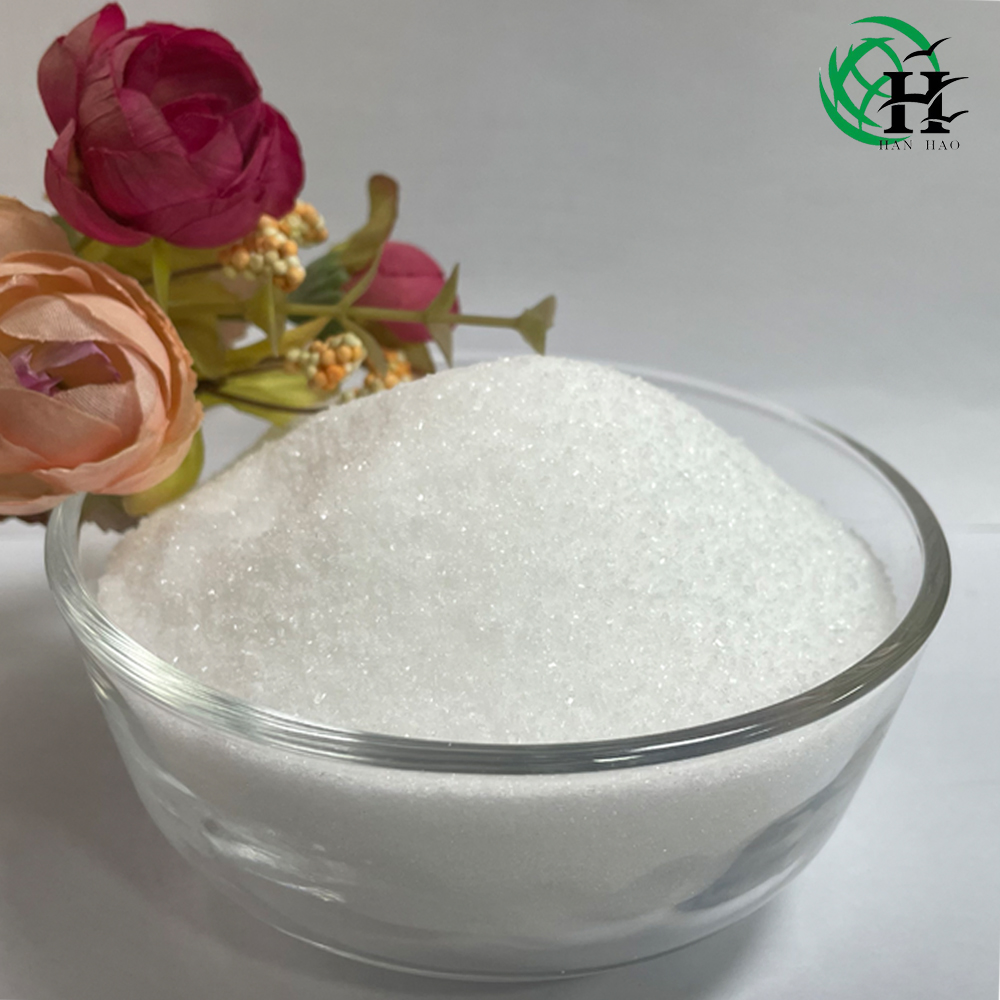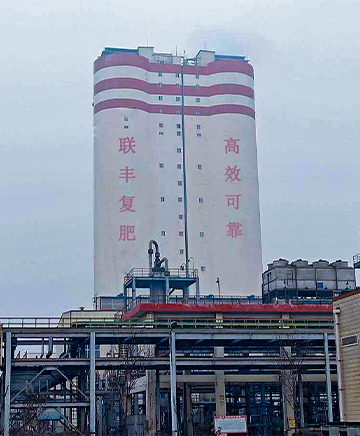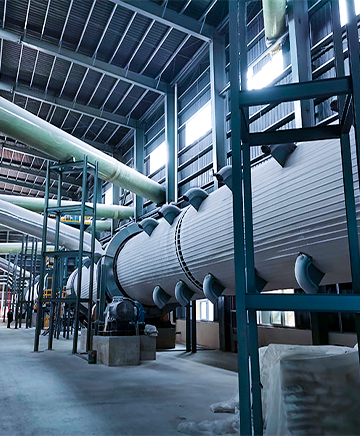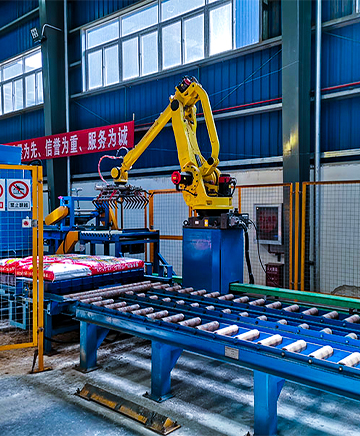we’ll ensure you
always get best
results.
contact usGO
HanHao implements the quality policy of "Customer is primacy, honesty is root, scientific management, quality and high efficiency". From the regular management of enterprise, we focus on our customers and work on the improvement of staff quality and development of the international market. We shall make great efforts to realize that "In conduct: sincere,cooperative and eager to learn; in work: meticulous, innovative and striving for excellence." We will always adhere to the honest and credible managing style, and remain the most reliable partner of customers..

explore our main product
The total area of our factory is more than 70,000 square meters.We own three advanced automatic technique produce lines of NPK fertilizer,urea,BB fertilizer and one Multi-function test lab.The total investment is ¥150 million and annual production capacity is 600000MT.Our mainly products are NPK fertilizers,BB fertilizers,organic Fertilizers,Urea,Ammonium Sulphate,Potassium Humate,DAP,SOP etc.
we advice to choose
a right decision
- our products

we’ll ensure you always get
best results.
-

1000 cooperative partner
-

302 Professional Staff
-

30 Years Of Experience
-

640 Suppliers
latest case studies
Inquiry for pricelist
Since its establishment, our factory has been developing first world class products with adhering the principle of quality first. Our products have gained excellent reputation in the industry and valuabletrusty among new and old customers..
submit nowlatest news & blogs
view more-
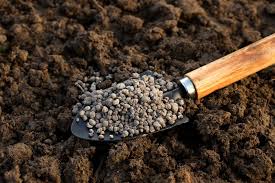
What are the effects of potash deficiency?
We write ‘effects of potash deficiency’ rather than ‘symptoms of deficiency’, because so many of the negative effects of a shortage of available potash to crops are not clearly apparent, whereas ‘symptoms’ implies some visible effect. Of course severe deficiency has visible symptoms (Figure 1), but there can be many expensive negative impacts on the crop well before clear symptoms are seen.Because most crops contain considerably more potassium than nitrogen or other nutrients, it might be expected that potassium deficiency would be the most commonly seen. However the majority of the potassium in crop tissues is supplied from the reserves in the soil, with relatively little coming from freshly applied fertiliser – in contrast to nitrogen or sulphur. Problems begin to arise when these soil potassium reserves are insufficient, usually as indicated by soil analysis results of K Index 0 or 1.Read News -
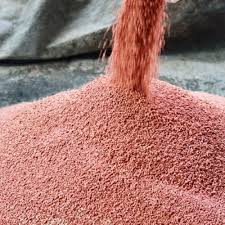
Everything In Moderation When Applying Potash
A recent article1 in Progressive Farmer over viewed research showing yield reductions attributed to potash (0-0-60, KCl or MOP) applications in corn (North Dakota) and soybean (Minnesota and Indiana). Although the mechanism(s) of “toxicity” were not known the yield reductions were large enough and frequent enough to be considered real. In the corn studies conducted by Dave Franzen at North Dakota State University the potash was applied in spring and detrimental rates were greater than 200 pounds per acre (120 lb K2O/acre). My (Casteel) soybean research in Indiana examined potash applied at or shortly after planting as a means of intensifying management. Rather, I observed 3 to 5 bu/ac yield reductions at this timing. Detrimental potash rates were 200 pounds per acre in some trials on prairie soils near West Lafayette and loam to coarse-textured soils near Wanatah in 2016 and 2017. I still observed yield reduction at a lower rate of 100 pounds per acre (60 lb K2O/acre) in 2019, but not in 2020 near LaCrosse. Dan Kaiser at the University of Minnesota also saw yield reductions from potash applications ahead of soybean (spring and even some fall timings), and suggested chloride might be the culprit. Even though these observations of yield reductions cannot be fully explained at this time, these reports have caused some farmers to evaluate their timing and rate of potash application.Read News -
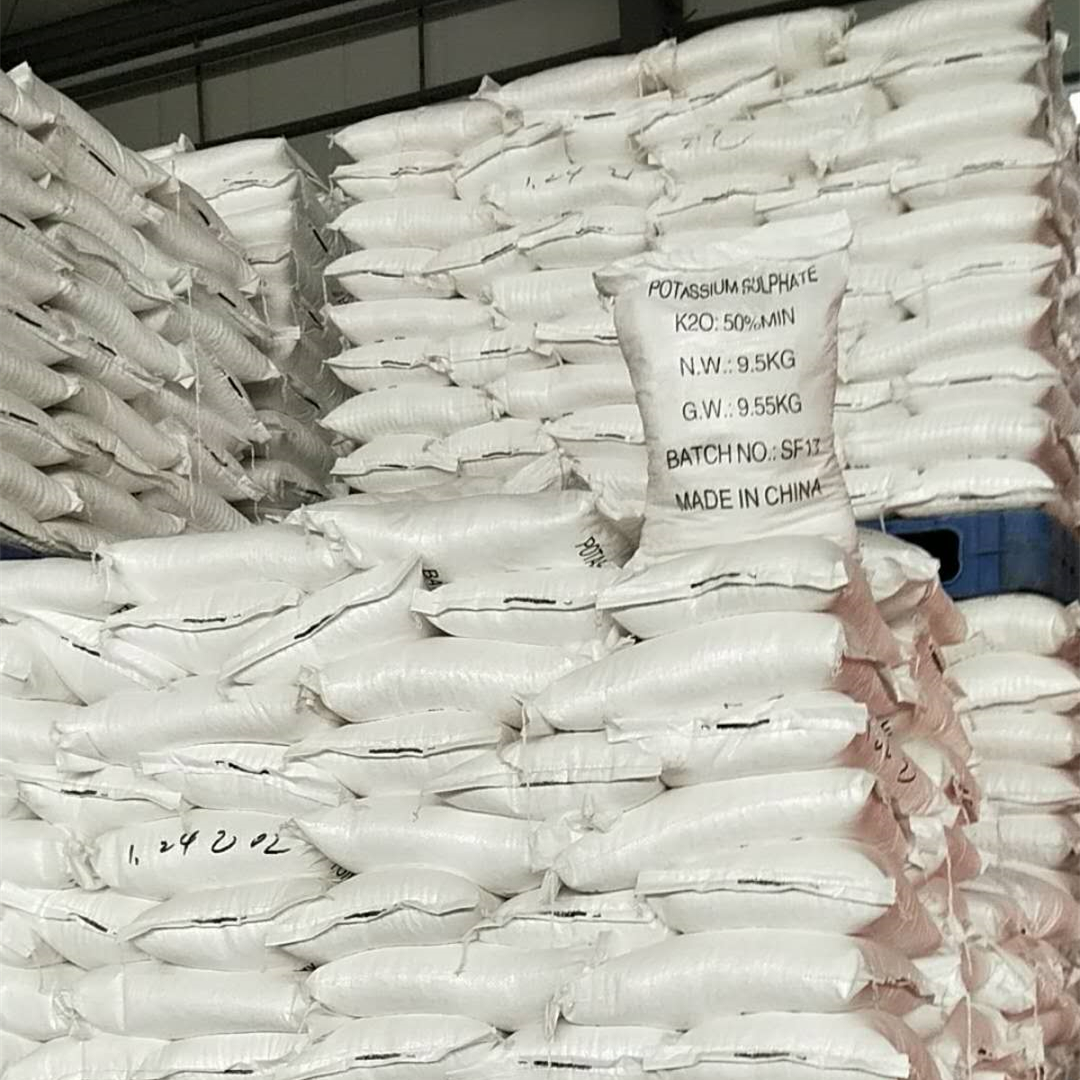
Considering the Effects of Potassium on Manganese and Soil Fertility
Some soils do not even build well using manganese sulfate. In a very few cases it has been necessary to apply the needed amount for two or three years in a row to reach the desired minimum level. In such cases, the use of ammonium sulfate as a nitrogen source may help, but generally the amounts used do not show much progress in building up soils deficient in manganese. A crop which can also help to increase manganese availability in the soil is rice.Just keep in mind that the primary elements, N-P-K, truly are primary in terms of getting enough nutrients there to grow the crop. But when any one of these three are over-applied, providing more than the soil can tolerate, those same elements can cause a whole new set of problems, not just for potatoes, but for all types of crops and growing plants.Read News

